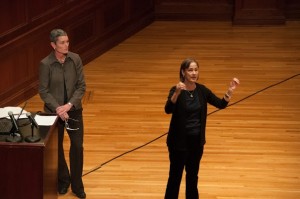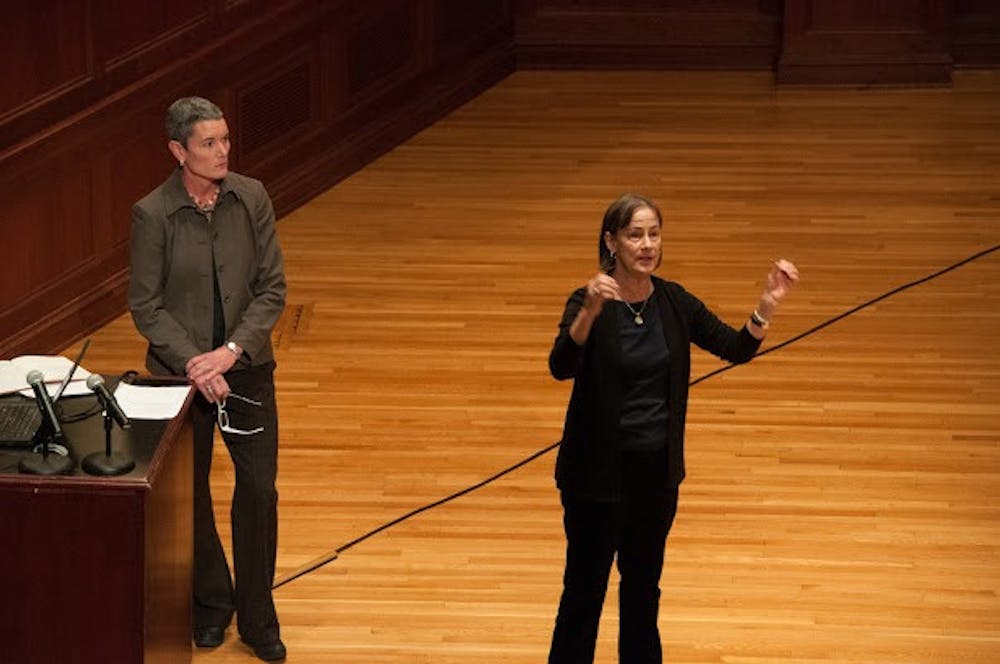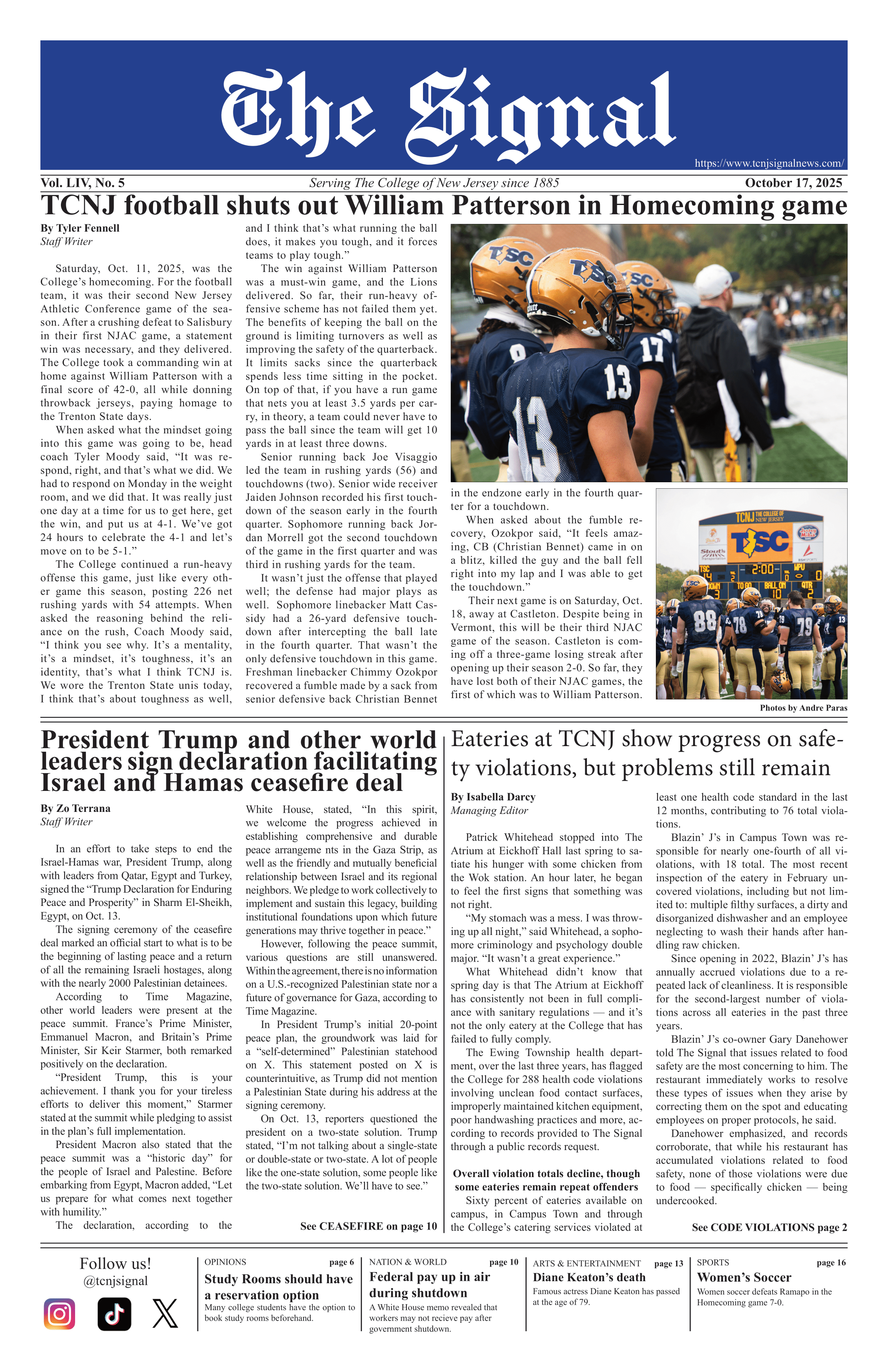By Gianna Cumella
Correspondent

The College hosted the final presentation in the Brown Bag series on Friday, Nov. 22, focusing on three choreographed dance performance pieces depicting the environmental and social issues in Appalachia.
Deborah McLaughlin and Theresa Burriss worked together on collaborating three dance pieces: “The Shadow Waltz,” “Sounds of Stories Dancing” and “Eating Appalachia: Selling Out to the Hungry Ghost.” Each dance highlights a different problem people of the Appalachian region face.
“I’ve always been attracted to the region,” McLaughlin said, and her impressive work with Burriss illustrates this interest.
One of the most prevalent issues in Appalachia is mountaintop removal, which is the removal of the summit of the mountain to gain access to coal. This process has serious environmental consequences and the practice has escalated greatly in the past 10 years, McLaughlin stated.
“Eating Appalachia: Selling out to the Hungry Ghost” was the first dance discussed. It portrayed the issue of mountaintop removal and the affects it has on Appalachia as a whole.
The dance, “Sounds of Stories Dancing,” is about a woman who could not handle the destruction due to the mountaintop removal and leaves Appalachia to move to a big city. While there, McLaughlin said the woman feels “alienated” and “longs to come home,” but “once you leave it’s hard to go back because you’re straddling these two worlds.”
A lot of work went into this piece, and Burriss said that she has conducted over 40 interviews with Appalachian women activists, and the common themes in the interviews were used to choreograph the dance.
Another underlying issue in the area is the rise in black lung disease. Since mining is a big part in Appalachian society, many miners are affected.
Their last dance, “The Shadow Waltz,” depicts how women feel when their husbands and loved ones go to work at the mines. Burriss and McLaughlin interviewed miners in West Virginia, who said that despite the dangers, they “loved the camaraderie and physicality.” Both Burriss and McLaughlin see these miners in “a heroic sense,” because they are “basically risking their lives every day,” McLaughlin said.
“I really enjoyed learning more about the environmental issues in Appalachia, and it really opened my eyes to how people in different parts of the country live,” freshman communication studies major Jake Rubin said.
With Burriss being the Chair of Appalachian Studies and McLaughlin a Professor of Dance at Radford University, the two reported to work well together.
The goal of their project was to project the beauty of the region through their choreographed dances, while still illuminating the hardships in Appalachian culture.







